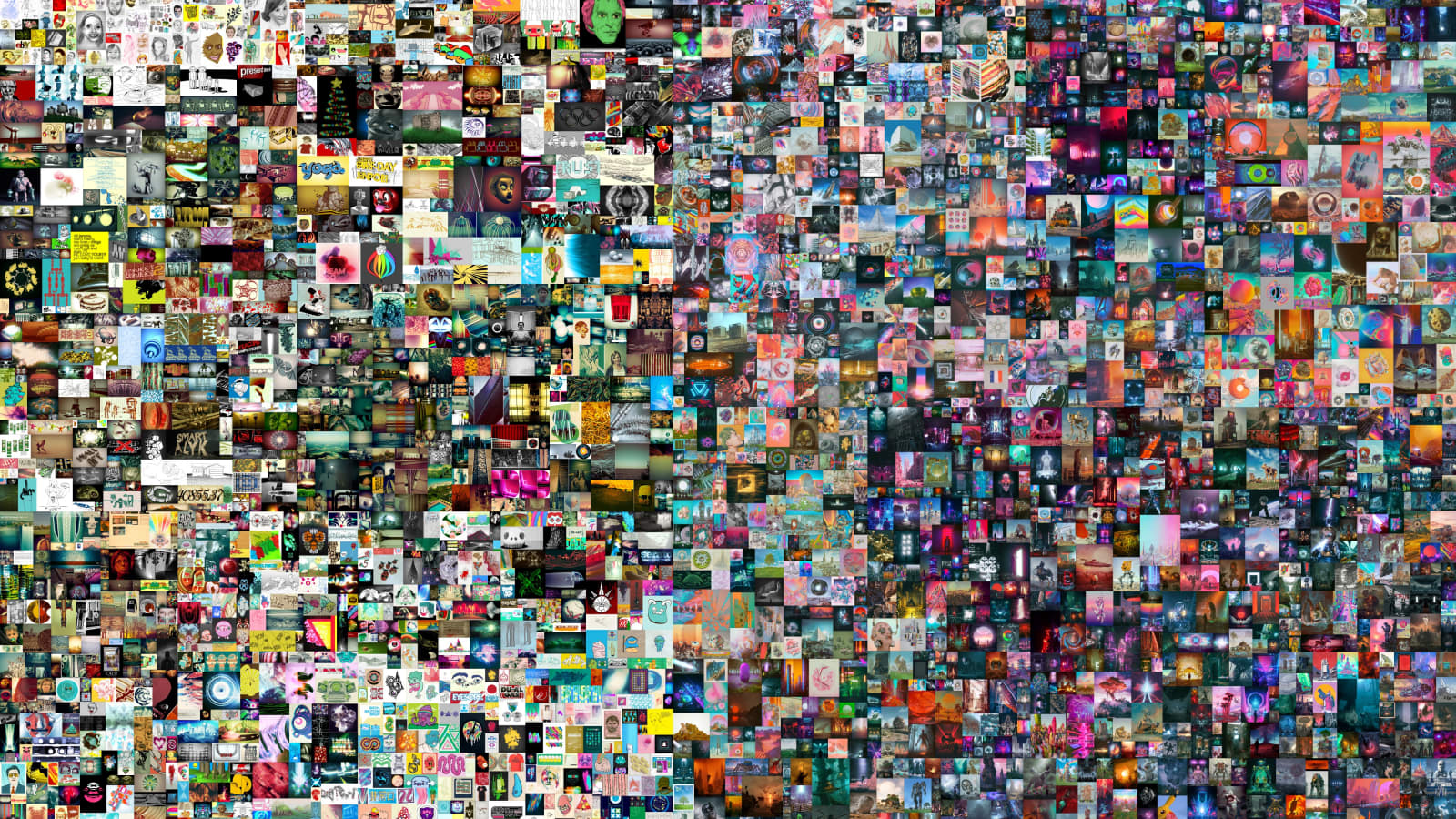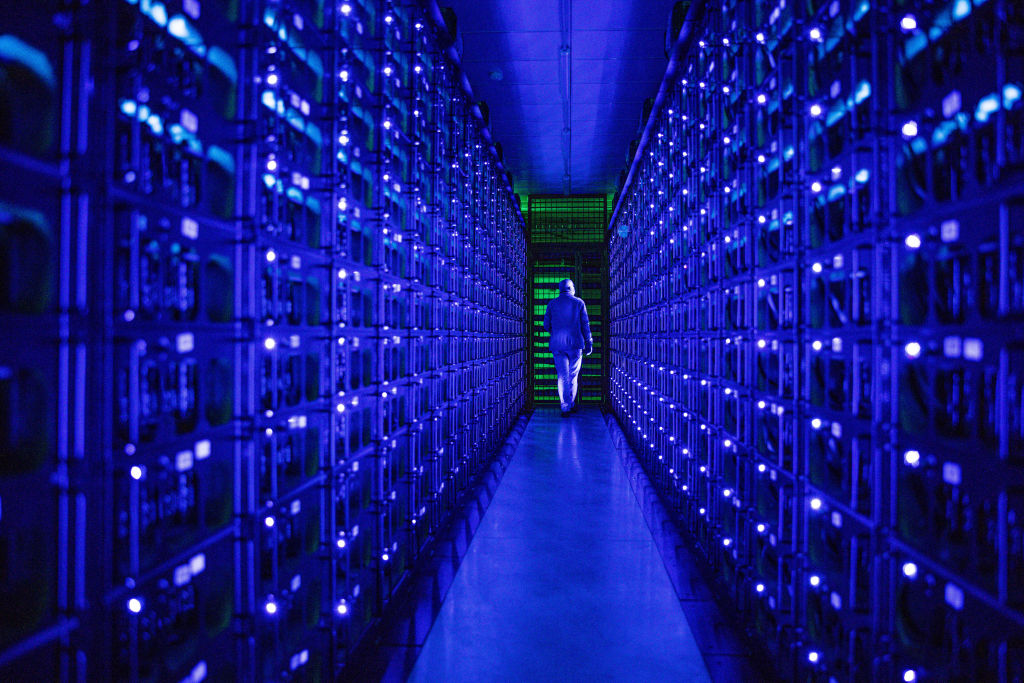At TeleData, our team of telecommunications experts are always looking to stay head of the game on the latest trends in the digital world. One of the latest trends that has caught our eye – and the eyes of many of our clients – are NFTs.
What is an NFT? You may have seen the headlines that heralded Twitter CEO Jack Dorsey auctioning off the very first tweet ever posted to the Twitter platform. Dorsey took the very first post ever made on the massively popular Twitter platform and transformed it into what is known as a non-fungible token (NFT).
Sound uninteresting? The internet disagreed. Dorsey shocked the world when the very first tweet sold for 1630.5825601 Ethereum (ETH) – or $2.9 million dollars online!
That simple string of digital characters stating “just setting up my twttr” became one of the most expensive purchases ever made online. But what is an NFT, and why does it matter to telecommunications?
Read on to learn more about NFTs, and why these digital assets have quickly become one of the most popular – and strangest – means of digital investment in today’s modern market.

So, What Is An NFT?
A Non-Fungible Token (NFT) is a digital asset that holds a determined value in cryptocurrency.
It can be helpful to consider an NFT as a kind of “digital art piece” – a one-of-a-kind collectible that can be purchased and held as a singular piece of valuable data. An NFT is a value-holding asset. This means that NFTs are purchased and maintained for long-term investment and appreciation like any other piece of physical property.
How are NFT different from other non-fungible items such as real estate and physical property? The difference has to do with their existence and storage. NFTs are referred to as cryptographic assets. This means that they are stored and maintained on blockchains such as Ethereum. Each NFT has unique identification codes and set of metadata that give them their singular identity and value.
How Do You Own A Digital Asset?
NFTs don’t operate in the same way as cryptocurrency – which is one of the main confusions regarding this type of “digital property.” Cryptocurrencies – think Bitcoin and Ethereum – are fungible tokens because they have an identical nature and ability to be used for transactions.
NFTs are a single, unique entity. This means that they are non-fungible, and cannot be traded as currency. Instead, they are typically held and tied to a particular value.
Unique NFTs are stored on the Ethereum blockchain as “tokens” with their unique set of data. The data stored in the token allows for an NFT to hold the form of a variety of digital file types. This data can range from MP4s, GIFs, MP3s and JPGs.
In the case of Dorsey’s famous first tweet, the NFT token contains the extra information on the tweet file itself, and the image that shows when the tweet is viewed.
So why can’t someone simply “copy and save” an NFT? This is where the NFT gains its value.
With the original NFT data stored securely on the blockchain, any attempt to copy and save would be similar to someone printing off a copy of Monet’s Water Lilies. It may have the appearance of the original but doesn’t hold the value of the actual work of art.


Are NFTs The Future Of Digital Investments?
NFTs may be different from cryptocurrency, but their fate may be tied to how the world takes to crypto. Remember that Bitcoin was once seen as a huge waste of money by those looking to buy into a “fake” currency. However, those who got in on the ground floor with cryptocurrency are now enjoying the benefits – with Bitcoin prices now rising into the tens of thousands for a single token of the cryptocurrency!
There are plenty of opportunities that NFTs bring to the digital horizon, including the world of telecommunications. Many are seeing NFTs as being the future of digital information such as passports and travelers data. By moving physical passports into NFTs, the processing of individuals crossing international borders could happen faster than ever before.
Critics point out that the electric power needed to run blockchain technology is quickly becoming one of the leading causes of carbon emissions. This is one of the problems that blockchain proponents must soon solve. FTs rise in popularity, the power necessary to run the system they are stored on will only increase. For the digital asset world to survive in a climate-conscious economy, advances in the technology will need to be made quickly.
Whether considering the reality that a tweet sold for nearly 3 million dollars, or imagining the future possibilities of digitized assets, NFTs are changing the marketplace – and how individuals view the concept of ownership. Only the future will tell whether or not NFTs will become commonplace in the modern economy – but it has been fun to watch the NFT story unfold!
Stay Up On The Latest Digital Data With TeleData
At TeleData, our team of telecommunications experts may not be at the forefront of cryptocurrency, but we are interested in how the world is responding to changes in the world of IT and digital systems. NFTs are a great example of how quickly digital technology can change, and the massive ways that the world is shifting its understanding of online capabilities.
At TeleData, our team is staying ahead of the latest trends in the digital world so that you don’t have to. While you are at it, if you want to ensure that your business is equipped to stay ahead of the changes in the digital world, contact us today! Our team of experienced communication professionals has the tools your company needs to take your data to new heights using the latest IoT, cloud, managed IT services, and much more.
Want to learn more about how changes to the digital world are impacting telecommunications platforms and access? Stay tuned as our team works hard to bring you the latest in updates from the world of online trends and updates.
Contact TeleData today to learn more about our full suite of services, as well as how you can bring IoT platform solutions to your business.

Recent Comments